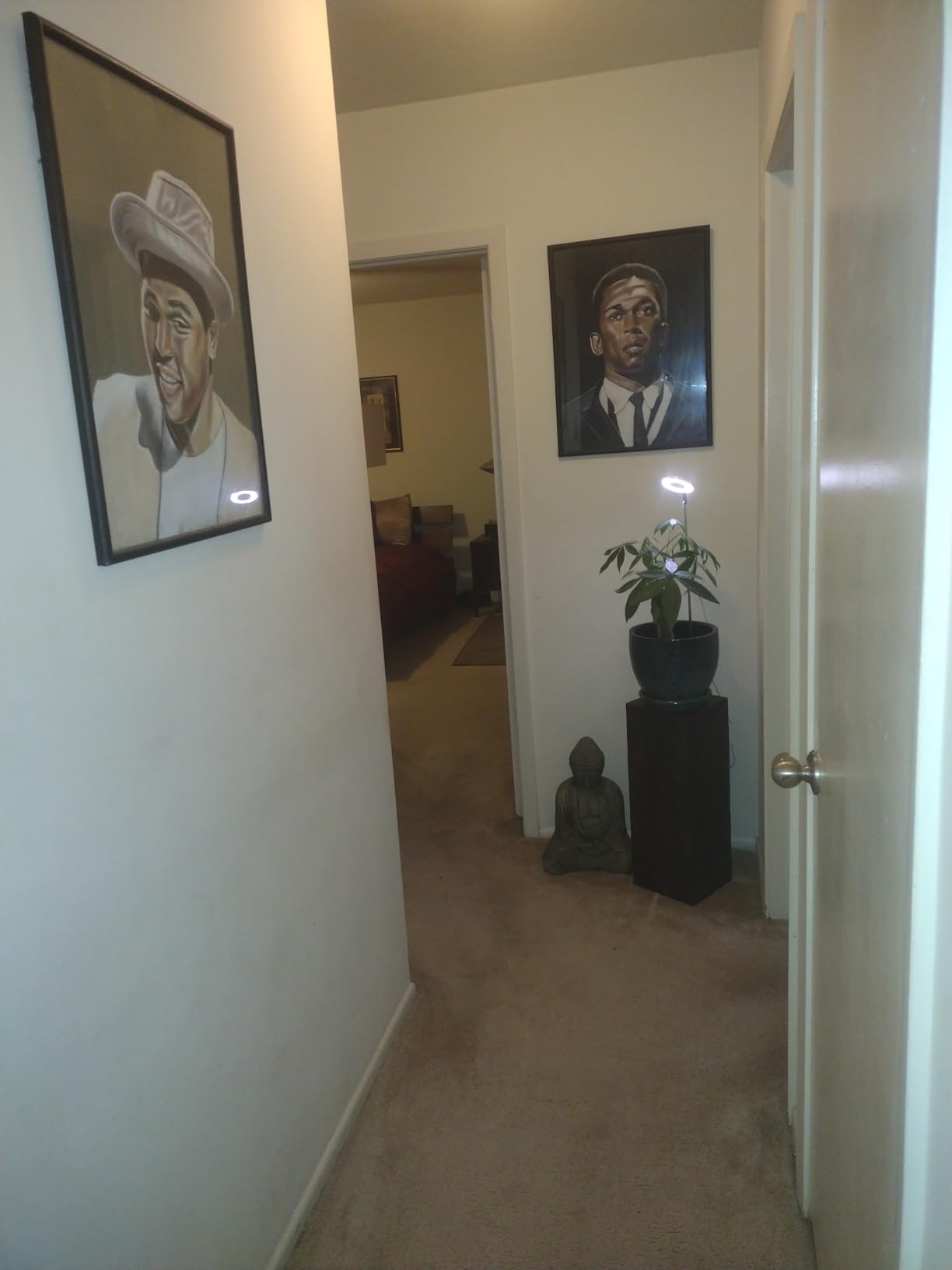Beginner’s Guide: How to Judge if Your Plants Have the Right Amount of Light

For new plant parents, ensuring that their green companions receive the proper amount of light can seem like a daunting task. But fear not! By observing a few key aspects of your plants’ growth, you can easily determine whether the lighting conditions are just right.
Leaf - based Clues
- Color Changes: The color of your plant’s leaves is a tell - tale sign. If the leaves are a vibrant, healthy green, it’s a good indication that the light levels are suitable. However, if they start to turn pale or yellow, it could mean the plant isn’t getting enough light. On the contrary, if the leaves develop a burnt or scorched appearance, it’s likely getting too much light. For instance, the normally dark - green leaves of a peace lily turning pale suggest insufficient light, while the leaves of a succulent developing brown spots may indicate excessive light exposure.
- Leaf Drop: Some plants may start dropping leaves if they are not getting the right amount of light. If a plant is receiving too little light, it may shed older leaves to conserve energy. Similarly, excessive light can stress the plant, leading to leaf drop.
Growth Pattern Indicators
- Stem Elongation: Pay attention to the growth of the stems. When a plant stretches with long, thin stems and sparse foliage, it’s trying to reach for more light. This is commonly seen in tomato seedlings grown in low - light conditions, where they become leggy. In contrast, if a plant has short, sturdy stems and evenly spaced leaves, it’s likely getting enough light.
- Branching: A lack of light can result in poor branching. Plants need sufficient light to develop lateral branches. For example, a basil plant that is not getting enough light may grow tall and spindly with few side shoots.
Flowering and Fruiting Signals
- Flower Quantity and Quality: For flowering plants, insufficient light can lead to a reduced number of blooms or poor - quality flowers. African violets, known for their beautiful blossoms, require medium - intensity light to flower abundantly. If they don't receive enough light, they may produce fewer or smaller flowers.
- Fruit Set and Development: In fruit - bearing plants like tomatoes, proper light is crucial for fruit set and development. A lack of light can result in misshapen fruits or poor fruit production.
Using Environmental Cues
- Location in the Room: Consider the location of your plants in the room. If a plant is placed in a dark corner or far away from windows, it’s likely not getting enough natural light. On the other hand, if it’s placed directly in front of a south - facing window without any protection, it may be getting too much intense sunlight.
- Time of Day: Observe the plant throughout the day. Some plants may need protection from the harsh mid - day sun, while others thrive in full sunlight all day.
By closely observing your plants and considering these factors, you can make informed decisions to adjust the lighting conditions and ensure your plants thrive.
